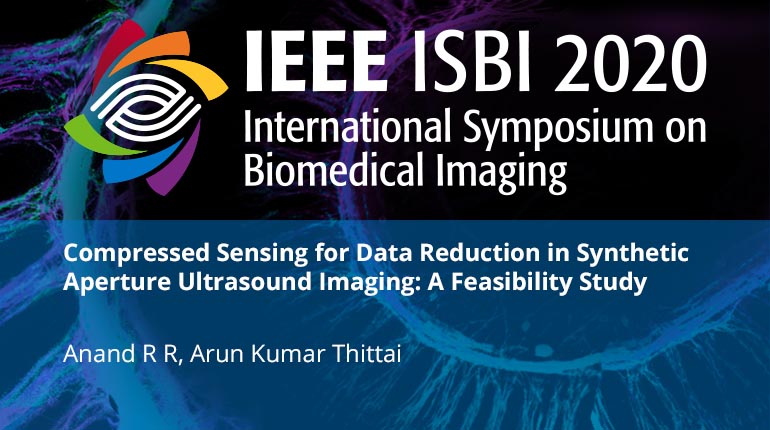
Already purchased this program?
Login to View
This video program is a part of the Premium package:
Compressed Sensing for Data Reduction in Synthetic Aperture Ultrasound Imaging: A Feasibility Study
- IEEE MemberUS $11.00
- Society MemberUS $0.00
- IEEE Student MemberUS $11.00
- Non-IEEE MemberUS $15.00
Compressed Sensing for Data Reduction in Synthetic Aperture Ultrasound Imaging: A Feasibility Study
Compressed Sensing (CS) has been applied by a few researchers to improve the frame rate of synthetic aperture (SA) ultrasound imaging. However, there appear to be no reports on reducing the number of receive elements by exploiting CS approach. In our previous work, we have proposed a strategic undersampling scheme based on Gaussian distribution for focused ultrasound imaging. In this work, we propose and evaluate three sampling schemes for SA to acquire RF data from a reduced number of receive elements. The effect of sampling schemes on CS recovery was studied using simulation and experimental data. In spite of using only 50% of the receive elements, it was found that the ultrasound images using the Gaussian sampling scheme had comparable resolution and contrast with respect to the reference image obtained using all the receive elements. Thus, the findings suggest a possibility to reduce the receive channel count of SA ultrasound system without practically sacrificing the image quality.
Compressed Sensing (CS) has been applied by a few researchers to improve the frame rate of synthetic aperture (SA) ultrasound imaging. However, there appear to be no reports on reducing the number of receive elements by exploiting CS approach. In our previous work, we have proposed a strategic undersampling scheme based on Gaussian distribution for focused ultrasound imaging. In this work, we propose and evaluate three sampling schemes for SA to acquire RF data from a reduced number of receive elements. The effect of sampling schemes on CS recovery was studied using simulation and experimental data. In spite of using only 50% of the receive elements, it was found that the ultrasound images using the Gaussian sampling scheme had comparable resolution and contrast with respect to the reference image obtained using all the receive elements. Thus, the findings suggest a possibility to reduce the receive channel count of SA ultrasound system without practically sacrificing the image quality.
 Cart
Cart Create Account
Create Account Sign In
Sign In





